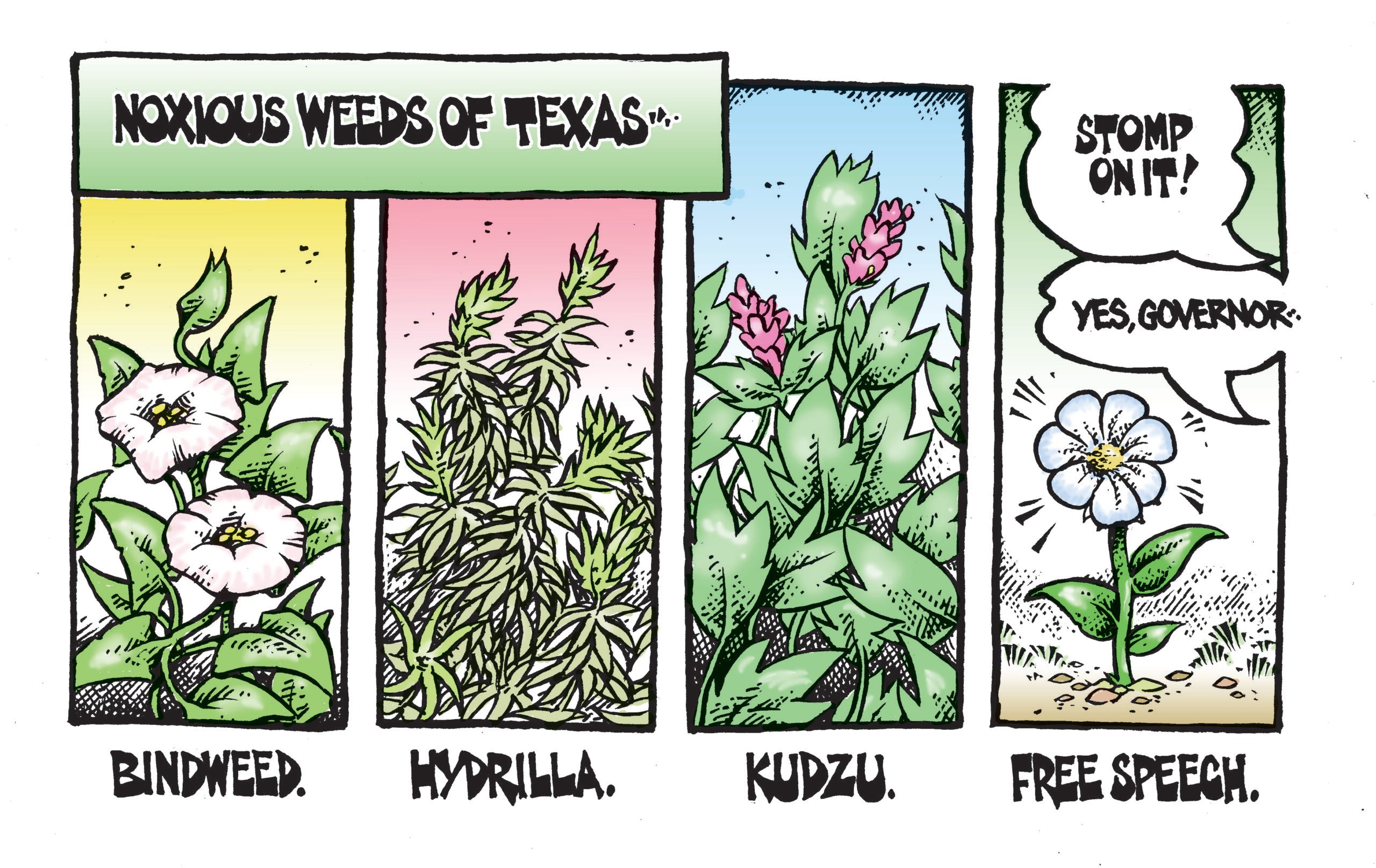ustxtxb_obs_1977_05_20_50_00008-00000_000.pdf
Page 5
,’ “r. v. . . tf14 ::11 ,. . 14`=, . ”’SMA’F’ . i,:,1084kA A Stevens mill: dust, noise, and an ‘abysmal Taft-Hartley record’ The sweatshop, 1977-style Stevens vs. justice By Paul Fortney Cullowhee, N.C. While people in other parts of the United States talk about “labor fatcats” and bloated union bureaucracies, southerners led by the Amalgamated Clothing and Textile Workers Union of America are fighting battles reminiscent of those waged by the old Congress of Industrial Organizations during its 1930s drive to unionize the auto, steel and rubber industries. The lines have been drawn in southern textile manufacturing, the last major unorganized industry in the United States. Fewer than ten percent of the more than 700,000 southern mill hands are represented by a union. Textile workers as a whole are among the country’s lowestpaid industrial employees, earning weekly wages $53 below the general factory average of $213; southern mill workers take home substantially less per hour than their counterparts elsewhere. \(According to the 1975 Bureau of Labor Statistics report, the average national hourly wage for all American workers was $4.87; southerners averaged $3.56 But workers below the Mason-Dixon line have rediscovered their former militance and are beginning to challenge politicians who boost the region as a place of low wages, low taxes and docile employees. Militant unionism is nothing new to the southern textile industry. Strikes swept the Southeast in 1929, and southern cotton-mill workers formed the majority of the 376,000 workers who walked out during the nationwide textile strike of 1934. These efforts failed, not because mill workers made a clear choice against unions, but because mill owners were able to bring extraordinary pressures to bear on their employees. Most mills were in small, isolated communities. Workers lived in company towns and depended on company stores for food and fuel. The industry would mobilize antiunion sentiment where it could be found: State governments, local police departments, churches and press made common cause with the mill operators. Despite company resistance, the Textile Workers Union of America made gains, and by 1948 had 120,000 southern 8 The Texas Observer workers in its ranks. But union membership declined with the passage of the Taft-Hartley “right-to-work” laws, the movement of textile plants from the unionized North to the largely unorganized South, and the massive layoffs caused by production cutbacks following World War II. Without union presure, southern mills returned to the conditions of the 1930s. Today, textile jobs not only pay poorly, they are positively dangerous. Department of Labor figures show that as many as 100,000 workers suffer from the chronic lung disease byssinosis, or “brown lung,” an incurable asthmalike condition caused by the inhalation of cotton dust. In addition, many mill workers are subjected to noise far louder than permitted by the Occupational Safety and Health Act. To end these and other abuses, the Textile Workers Union ganize the southern textile industry in 1963. The major target was J. P. Stevens & Co., the corporation with the worst record of labor violations in U.S. industrial history. J. P. Stevens is the second largest textile company in the world, with operations in seven countries and 44,500 employees in 85 plants in the U.S., 65 of which are in North and South Carolina. In 1975, Stevens reported sales of $1.1 billion and pretax profits of $36.5 million. Stevens is a southern company, now operating only five small plants outside the region. \(Stevens began in 1813 as a small family business in Massachusetts, but after World War II it closed 21 unionized mills in the North wiping During their fourteen-year struggle


